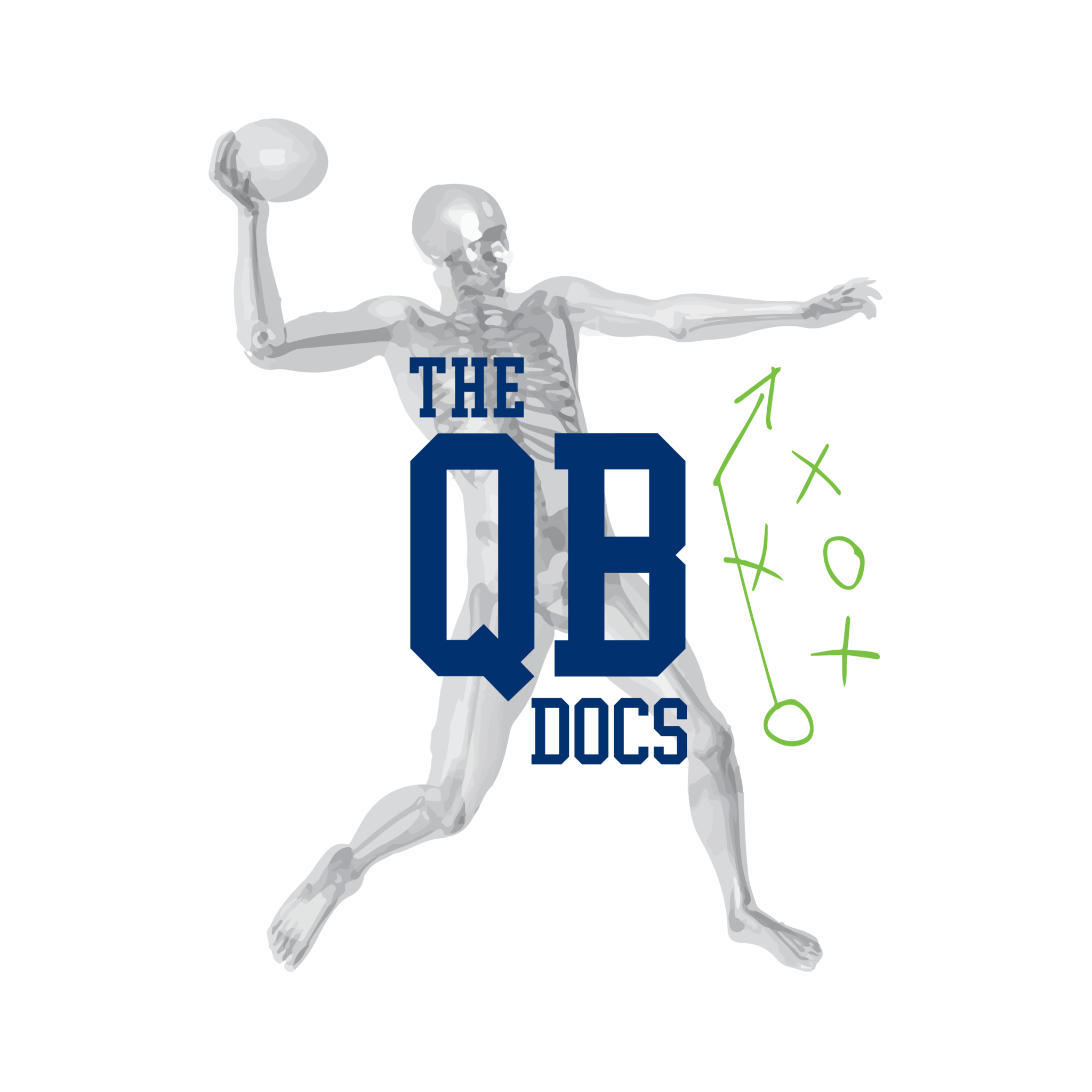From playing the position for years and now having coached the position for years, there’s a few questions I have always had as far as why so many quarterbacks presented with the same issues. One of these common issues that quarterbacks present with is the inability to throw as well to the left vs the right. Why would this be? Well, today we explain numerous reasons of why this would be and how to fix it!!
First, let’s break down what is going on when a quarterback is throwing to his left vs throwing straight ahead or to the right. The eyes of a quarterback are of one the quarterbacks most important tools. The ability to see where players are at in space and anticipate the speeds of players crossing the field is going to be different for every player. When throwing to the left, the QB has to be able to see his receiver to make his throw. For a right handed quarterback, this can be a tall task as we try to move the body to the right as we look to the left.
Body Rotation
The ability to see to the left as we drop to the right away from the line of scrimmage calls upon ranges of hip and spine rotation that we need in order to be able to do so correctly. We have touched on this in relationship to the throwing motion, but not in relation to static positioning before the throw. If a player doesn’t have adequate range of motion in the thoracic spine through rotation to be able to look to the left, then there’s most definitely going to be a cycle of events that happen that will make it quite difficult for the player to throw the ball efficiently. For the player that lacks left thoracic rotation range of motion, this player will compensate by over extending their low back to get the range of motion to be able to see the receiver visually.
This matters because the over extended QB will not be stable enough to withstand the forces of producing proper ground force reaction throughout the body. Once the QB goes to throw from this position, his momentum will carry him off balance to the left side. Some of you quarterbacks that always fall off balance to the left are nodding your heads right now. This most definitely could be your issue. Thoracic rotation has to be improved in order to fix this problem. One thousand drops and throws to the left is not going to fix this problem. Fixing thoracic rotation will and we have given two videos below to help with this.
Bad First Step
When taking a drop, a bad first step during the drop can also make it extremely difficult when throwing to the left. How many times have you seen a QB not go straight back with the first step? This happens ALL the time. A first step in which the QB has over stepped on the first step will almost always put the back towards the receiver. If the QB does decide to try and look to his left now to see his receiver, he’s going to compensate like we talked about above or not see him at all. This is a chain reaction that leads to a lot of blind throws. It also leads to compensations when the QB does decide to throw. Once the back is turned to the receiver, the compensation strategy will be to now open up too much during the loading phase of the throwing motion. The combination of momentum going to the left during the drop, as well as an exaggerated opening of the hips during the loading phase because they are starting closed will lead to a lot of balance issues during the throwing motion. This means decreased power and accuracy on all throws to the left because of a bad first step during the drop. This can be challenging to explain in a narrative from a positional standpoint, so check out the videos below to get a better understanding of what I’m talking about!
Stepping Off the Midline
If you watched the video above, you heard Dusty talk about how stepping off of the midline to the right when throwing to the left is extremely important. You always hear about a bucket step (off the midline to the left) or stepping straight back also being good strategies for throwing to the left. Here’s why they are not. When stepping straight back or too the left on the last step of the drop, you automatically put your feet in a more narrow position when going into the throwing motion. Trying to decelerate and then accelerate under high loads on a narrow base of support will likely lead to a lot of balance problems when performing the actual throw. This is highly likely. Problems such as a lateral lean or over striding are often times the result in this scenario. This is why we are so critical when it comes to the footwork before the actual throw!
So What Now?
Well, you have to decide if you present with these issues. If you’re a player, you need to take a video of yourself taking a drop and throwing to the left. If you’re a coach, you need to video your players throwing to the left. You will most likely see these problems pop up, especially when making rhythm throws to the left. The ability to be mindful of where the problems are and then placing the correct intervention in place to fix the problem is crucial for success. If you have questions, please feel free to reach out. You can call/text at 812-343-4226 or email me at [email protected].
-Drew Kiel PT, DPT, CSCS
